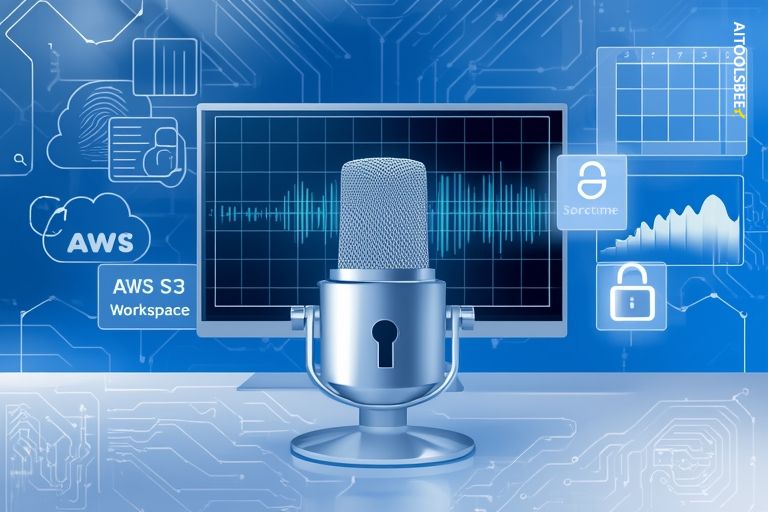
How Podcasters Can Secure Their Voice in the Era of Voice Cloning
Across the podcast industry, the rise of convincingly cloned voices has turned the studio into a security front line. In this environment of deepfake audio and opportunistic file theft, safeguarding a show now means defending identity, brand reputation, and copyright, not simply backing up tracks.
Verification is moving to the top of the checklist, with digital watermarking emerging as a practical way to prove provenance. By embedding inaudible tags and unique signature frequencies that function like invisible fingerprints, creators can authenticate original recordings and trace abuse if a clip is altered, duplicated, or redistributed, which is particularly important as deepfake tools make imitation effortless. Vendors such as Resemble AI and Veritone offer post‑production workflows that let teams plan watermarking into every episode, positioning content integrity as a default rather than an afterthought.
Storage remains a common point of failure, and the fix is mostly discipline. Housing raw sessions and final masters in encrypted cloud directories with limited access helps cut off leaks before release, and services like Google Workspace, Dropbox Business, and AWS S3 provide encryption in transit and at rest to reduce the blast radius if deepfake actors attempt to harvest material. Tightening administrative privileges and enabling two‑factor authentication can prevent unauthorized downloads that never show up in the edit timeline.
Authenticating voices at the point of capture is becoming routine, especially when guests connect remotely. Running voice checks on incoming files and being transparent when virtual or synthetic narration is used reinforces trust, because audiences adjust quickly when they are told how and why a tool is present, even as deepfake systems blur the line between imitation and original performance. In practice, ethical disclosure and verification policies function like editorial standards for audio.
The distribution layer is another battleground. Impersonators frequently seed fraudulent uploads to platforms such as YouTube and Spotify, which makes continuous monitoring essential, and a stack that includes Google Alerts, reverse audio search, and digital rights management can surface problems early even when deepfake copies are meant to pass as routine reposts. Some tools now flag cloned versions of a host’s voice, allowing creators to act before reputational damage spreads.
Security also has to become habit, not a checklist item for engineers alone. Training production teams to share files responsibly, maintain password hygiene, and spot phishing attempts reduces human‑error breaches, while educating listeners about official channels builds a baseline of audience verification that makes deepfake schemes easier to spot. The same shift is underway across the broader audio and video market, where provenance, watermarking, and rights management are hardening into distribution requirements rather than optional extras.
As these practices take hold, a new competitive layer is forming around audio integrity, with vendors competing on detection accuracy, ease of post‑production integration, and defensibility for rights claims. For investors, this aligns with a global push to back tools that plug directly into established cloud storage and publishing stacks, because workflows that neutralize deepfake risk are becoming part of the cost of doing business for media brands. The signal for enterprises is clear: content strategy now includes security architecture, and those who treat authenticity as infrastructure will set the tone for the next era of synthetic and human‑made audio.

Provides balanced coverage of how technology creates real value
in both business and everyday life.

